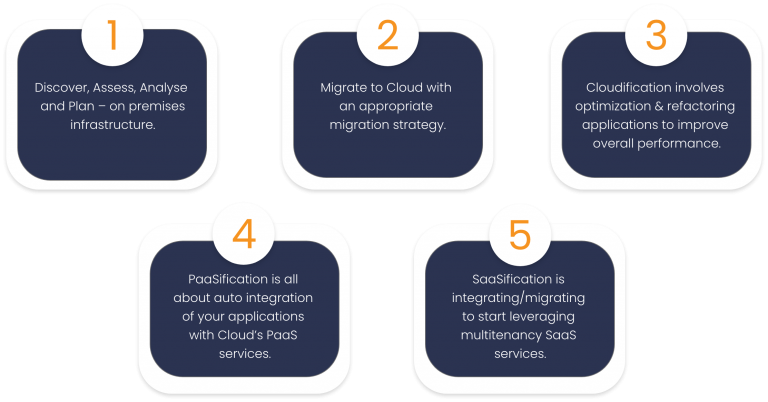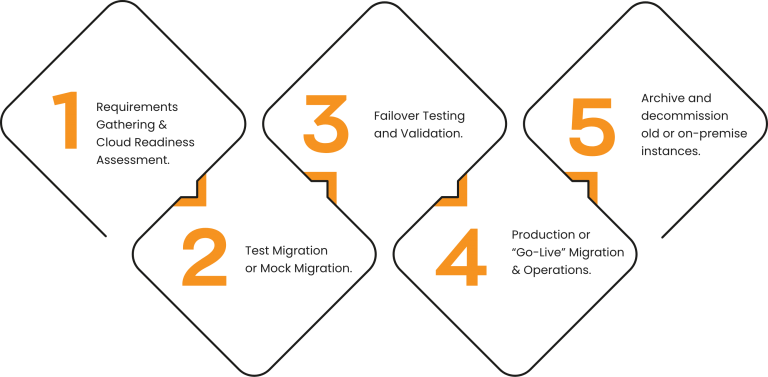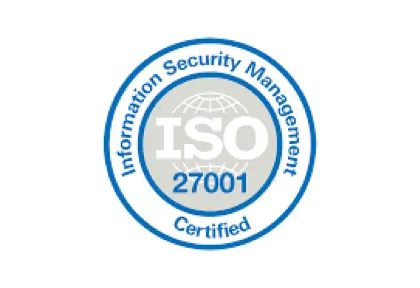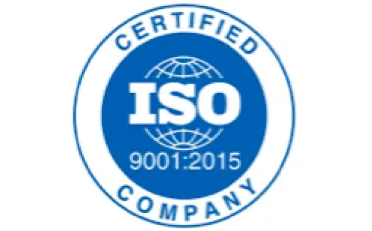CLOUD TRANSFORMATION SERVICES
Our array of cloud transformation companies help you move to the cloud quickly and precisely. Build digital enterprises of tomorrow leveraging best in class cloud services & advanced features.

Accelerate your business with our cloud transformation services. Scalability and granular pricing is the foundation on which our cloud transformation services rest.
Every organization is trying to leverage the cloud to enhance the user experience without causing any disruption to the business. With our cloud transformation capability, you can be successful in your cloud transition journey.
Cloud offers a phenomenal set of features like scalability, agility, granular pricing. Our services range from microservices, mobile device management, analytics, streaming services to Hadoop and SAP HANA offerings. Take a look at how one can plan a cloud transformation.
PHASES OF CLOUD TRANSFORMATION
Understand your Business
Identify your Key Takeaways from Cloud
Assess Cloud Readiness
Formulate Cloud Deployment Strategy
Decide Migration Strategy (6 R)
Cloud Management & Operations
Secure Data on
Cloud
Secure Cloud Infrastructure
CLOUD ADOPTION PROCESS - KEY STEPS

5 STAGES OF APPLICATION MIGRATION METHODOLOGY

Cloud adoption is viewed differently by IT and businesses. The cloud is seen as a chance for the organization’s technology teams to move from Capex to Opex, minimize data center footprint, boost agility, upgrade legacy applications, and create engaging new experiences for their consumers. To drive investments that maximize corporate value, business teams need to see the big picture. Most businesses, on the other hand, lack a consolidated perspective of their whole IT landscape. They also lack the necessary skills, software, and experience to get the most out of their cloud expenditures.
To begin, businesses must migrate their infrastructure to the cloud, which is also referred to as a lift and shift, which is effectively shifting your applications to the cloud without having to modify anything, even though it sounds like physical relocation. Most cloud migration consulting companies refer to this as a “lock, stock, and barrel” migration. The second is about how businesses can re-architect themselves to be digital-ready. How do businesses ensure cloud transformation services across their business infrastructure, data, and platforms?
While it may appear that businesses migrate to the cloud in one fell swoop, the truth is significantly more complicated. Whatever the challenges may be, Skillmine assists you to identify the right cloud transformation solution for your organization, no matter where you are on your cloud journey. Skillmine’s cloud transformation services can help you assess, design, develop, operate, and manage your cloud infrastructure. As a result, expenses are lower, efficiency is higher, and the commercial benefits of cloud computing are more fully realized.
We work with business and IT executives to find the best plan for adopting cloud transformation solutions that best meet their needs and executing cloud projects as part of a larger business and IT strategy. As a cloud transformation company, Skillmine can assist you in transforming your business through the implementation of cloud-based solutions. Skillmine assists organizations in designing the digital enterprise of today and the future, from those just starting their cloud migration journey to those aiming to greatly boost the value they obtain from their current cloud investments.

We help businesses implement a Cloud-First approach. Cloud is a way of thinking. It essentially means that you are bringing applications to consumers faster. It can be accomplished in a variety of ways. You create cloud-ready applications, which means you don’t develop them on your on-premise technologies and instead move them to the cloud, where you don’t have to maintain the infrastructure, the servers, or the storage. You may develop applications in a fluid manner there. It offers a variety of benefits to customers. Essentially, it allows you to communicate more effectively through these applications, lower your total cost of ownership, and deliver these seamless experiences across several channels, such as mobile, internet, in-store, and so on.
Cloud transformation is critical to the digital disruption that companies are experiencing. The enterprise application landscape in each organization is made up of various components. These are known as record systems, innovation systems, and engagement systems. It depends on how we look at it. One of the main issues in many firms today is the difficulty in figuring out how to move forward, how to be digital-ready, and how to be more efficient.

Organizations today require a partner who can assist them in developing and executing their cloud transformation strategy, which includes not only transitioning or migrating their non-differentiating applications to the cloud but also leveraging this tremendous opportunity to transform their businesses to be digitally ready. Skillmine is critical in providing businesses with the big picture and assisting them in realising the full potential of their cloud investments. We do this by taking an enterprise-centric view of what is relevant to that particular customer, bringing in experiences from what their peers are doing in the industry, more specifically, what we call “cloud-ready applications,” what is their disposition, and taking a business-centric view of looking at their data.
Frequently Asked Questions
Increased efficiency, reduced costs, and enhanced scalability are a few advantages of cloud transformation. Businesses that adopt cloud computing can quickly adjust to changing demand and scale up or down as necessary. According to a study by IDG Research Services, cloud transition can cut IT costs by 25%.
The process of shifting your workload to the cloud transformation services, including the migration of desktops, apps, software, data, or a complete private data center in line with the organizational goals, is known as cloud transformation. The cloud is a platform that makes it possible for a company to be more responsive and agile.
Only if relocating the system is necessary to achieve the desired functionality would migration be required as part of modernization. Transformation is a combination migration and modernization. In this, the original Legacy System’s core is preserved, but transferred to a preferable platform and, simultaneously, upgraded by design to boost functionality.
The key considerations for cloud transformation include identifying the right cloud provider, assessing security and compliance requirements, determining data migration strategies, evaluating application compatibility, planning for scalability and cost optimization, and establishing governance and management practices to ensure successful adoption and ongoing management of the cloud environment.
Cloud transformation can have a significant impact on businesses, enabling them to reduce infrastructure costs, improve scalability and flexibility, enhance security and compliance, and accelerate innovation. It can also enable businesses to shift their focus from managing technology to delivering value to customers, improving productivity and agility, and driving digital transformation initiatives.
Implementing cloud transformation typically involves a phased approach that includes assessing the existing environment, selecting the right cloud platform and migration strategy, planning for data and application migration, implementing cloud infrastructure and services, and establishing governance and management practices to ensure ongoing optimization and management of the cloud environment. It also involves ensuring user training and change management.
Cloud transformation is a key component of digital transformation, as it enables organizations to leverage cloud infrastructure, platforms, and services to accelerate innovation, improve agility, and drive digital business initiatives. However, digital transformation encompasses a broader range of activities beyond just cloud transformation, including organizational culture, process redesign, and customer experience optimization.











